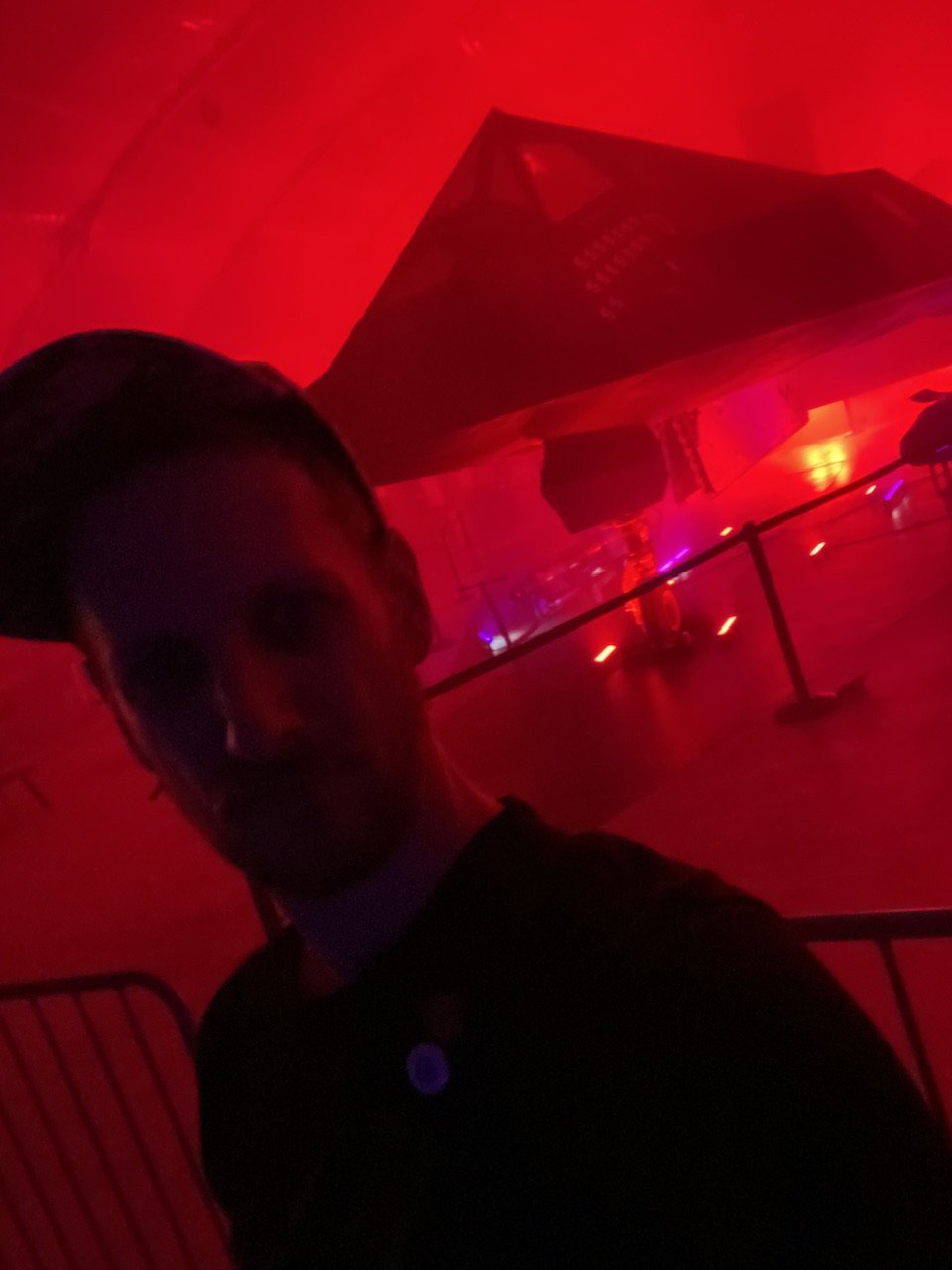Nursing student here. I record lectures so review them at high playback speeds, and to share with classmates who aren’t able to make it to class.
I’ve been using the small clip-on battery powered mics made for doing interviews, but last semester revealed a few weaknesses: The profs don’t like to actually wear them, so I just clip them onto the lecture podium - works fine while they’re standing at it, but they don’t have good range, and most of the profs move around a lot as they lecture, so the volume of the recording is all over the place or completely silent if they stray too far away. Also 99% of the time a student asks a question, the mic doesn’t capture it at all, so I just get a few seconds of silence followed by some random info with no context. The battery is also only enough to get through about 2/3 of a class period - fine if I remember to swap them out during a break, but not ideal.
Going forward, I’m hoping to find an option I can just plug into my laptop, sit near the front, and record. A normal desktop conferencing style mic stands out as a decent option, but thinking of the range issue I’m having with the portable mics, I suspect a conferencing type product will have the same issue since it’s made to record sound coming from like two feet away from the mic.
I’ve seen like giant fuzzy mics used on movie sets - should I look for something like that?
And are there specific product recommendations you’d make that are on the less expensive end of the spectrum?
Thanks all!
Edit-
Thanks for all the feedback folks! Time to dig through reviews.
Audio engineer here. Definitely don’t get a directional mic like a shotgun (fuzzy) mic or a cardioid mic (like singers use on stage). These require at least an audio interface, careful placement and multiple mics. For your situation, something like a Zoom H2n will be the best and perhaps cheapest option. It has 5 built in mics, so you’ll be able to capture sounds from all over the lecture hall. Use the 4 channel surround option, or the X/Y or Mid-Side options, and see what works best. It won’t be perfect, but it will be the easiest option to improve audio and simplify recording. Plus, the batteries last for many hours (ideally use the best rechargeable Eneloop Pro AA batteries).
The professional way to do it would require a mixing desk, an expensive DPA, Shure or Sennheisser lavalier mic on the lecturer, at least 2 room mics and possibly a boom operator with a shotgun mic to capture audience questions. (Although this last option could be replaced with room mics or additional fixed mics pointing at the audience). There are various options for room mics depending on the acoustics of the room, and there are no one size fits all solutions for professional quality audio.
But you don’t need professional quality, just the best you can get. With a Zoom H2n, you can put it on a tripod near the lecturer, and it will pick up sound better than average human ears. It will be better on a tripod, because it won’t pick up floor noise as much. To reduce floor noise further, get a decoupler to reduce handling noise and use a mini tripod sitting on a desk or chair. If the lecturer hall is windy (lots of air conditioning or windows and doors open) use a windshield.
You could use any handheld recorder that does X/Y recording and it might be fine. But 4 channel recording might help pick up more from the audience, and you can still boost the lecturer’s audio by keeping the device close to them and having the “mid” mic pointing at them. The recordings can be fiddly to edit at first (especially if you want to boost part of them, like the “mid” or “sides”, but it doesn’t take long to get the hang of it. Use Audacity to edit the audio or any free audio editor you happen to have access to.
Please feel free to get in touch if you have any questions, and good luck with it!
Just to summarise, get a Zoom H2n
Maybe a small condenser microphone. The Samson Go is a bit old (not that consumer-grade microphone tech has changed much) but it’s small and just plugs into a laptop with a USB port. There are probably newer small models that do a better job and I’m not aware of its existence.
I suspect a conferencing type product will have the same issue since it’s made to record sound coming from like two feet away from the mic
This is the case with dynamic microphones (the microphones typically used for live events), but condenser microphones are usually very sensitive and will pick up almost every bit of noise with enough gain.
I’ve seen like giant fuzzy mics used on movie sets - should I look for something like that?
These are condenser shotgun microphones. The ones used in movie sets use XLR and need some kind of audio recorder (you’ll be carrying a lot of stuff with you). There are small ones that use 3.5mm connectors though (usually made for cameras). You need to have this pointed at the sound source at all times (hence why you see people manually operating these in a movie set).
Anyway, I recommend looking into handhelds with built-in microphones (like the Zoom H1) so you can move it around easily.
Disclaimer: I’m not an audio professional, just an audio hobbyist who works on student films sometimes. :D
I second getting a handheld recorder with built in mics! You can mount it on a tripod if needed
Don’t get a directional microphone, they’re directional and won’t be very useful in a lecture hall or clasroom setting unless you’re willing to constantly adjust its focus by swiveling the mic around, and still won’t help much with the range.
they’re meant to exclude anything not directly in its line of audio rather than to extend range.
You’re on the right track with a conference style mic If you want to record everybody, although you will lose clarity of your professor’s voice compared to the lavalier, get a Yeti omnidirectional snowball style, or the digital voice recorder someone else suggested will work also.
depending on the size of the room, even the omnidirectional mic won’t work for students and the professor.
no matter what the microphone is, there’s no way to get clear audio of both your professor and a student in the back of the room with one microphone.
The lavalier you’re using is best for recording your professor. with any microphone not right next to them, recording quality is going to lose clarity.
Short of a range of mics with recording equipment and a crew to operate them, nothing is going to handle all these issues.
The best option is a hand-held digital recorder that you can leave at the podium or wherever is the closest spot. There are a large number of devices designed specifically to record lectures for college students. I highly recommend you research those and skip trying to record directly to your computer.
Wireless mics are just adding a range of issues for you when you can spend that money on a more robust recorder. You will find yourself spending more money on a less specialized and poorer performing setup than just buying the right portable recorder.
Sony and Zoom (not the telepresence company) are some notable leading brands for these devices.
Edit: the H1N and UX570 are highly regarded.
I am an IT guy with an interest in photography and audio/video recording.
There are three options for you to do this:
- Recording close to the source of the sound, using something similar to that of a Röde Wireless, this is what you have been doing so far if I understand you correctly.
- Using a directional microphone like a shotgun microphone, this is probably what you are talking about as the “giant fuzzy” mic.
A shotgun microphone is great, I use a Röde VideoMic Go II as my mic when talking through my computer at home.
Using a shotgun microphone in this case however means that you need to play an active part in tracking the lecturer with the mic, you’ll probably need to wear headphones to monitor the sound throughout as well.
- Conference room mics. This is an interesting idea, you’ll still have trouble recording the questions being asked but you should be able to record the lecturer decently.
As for what kind of mic you should get, I did look into the Logitech Rally Micpod, as I have experience with the system in my work, they sound excellent, but it doesn’t seem like you can use it directly with a computer as it will only work with the Logitech Rally system.
This means you probably need to get a different kind of conference room mic, but I am having trouble finding a specific model for this.
I second the directional mic. The used wireless models when i ran a university virtual classroom. The only issue is habits to charge your batteries before use.
Can you, ehm, involve some psychological tricks?
- Say beforehand that you are recording and explain how to turn the mic off\on to get their attention to the audio.
- Test it with each of them to double down on that.
- If that place is big (even if it’s not), use speakers to send there all the inputs to amplify the volume. They subconsciously get used to hearing themselves from the back and losing that feel makes them a little uncomfortable so they walk back to the mic. Just be careful not to launch a feedback loop of mic-speakers playing a human centipede to the eeeEEEEICK sound deafening everyone.
That is possible with (some splitters? and) a laptop.
But if you want to turn it into something basic but more fun (that your department may later use for more than lectures, so you can even ask for some funding), for a good cheap setup for nice recordings you’d need a laptop, a pair of headphones for yourself, a basic audio mixer you can get second hand with usb, a pair of dynamic mics (condensed are more specialized and too precize, that’s the next level) and a bunch of cords for them and said speakers. Mixer is important to take in multiple inputs and level their volume independently, turn them off at will, all in physical buttons\sliders.
And if you want to go superfrugal, fing a way to grab multiple audio channels with your laptop, use OBS for recording, add each channel and level them here, and use stupid ass webcam-tier mics aimed in a general direction where a group of speakers (teacher, students) appear, then right click at every input audio channel and play with it’s built-in filters for noise cancellation and compression, but be careful, because it can easily cancel out everything spoken (that totally didn’t happen to me a couple of times, lol).
My wife got this for recording board meetings and it does a pretty impressive job picking up different people around a room. https://a.co/d/9QiaXvr
You’re looking for a directional microphone.
Something like this should work fine
You could also try just using your laptop’s mic. Mine was good enough for lectures.
deleted by creator







